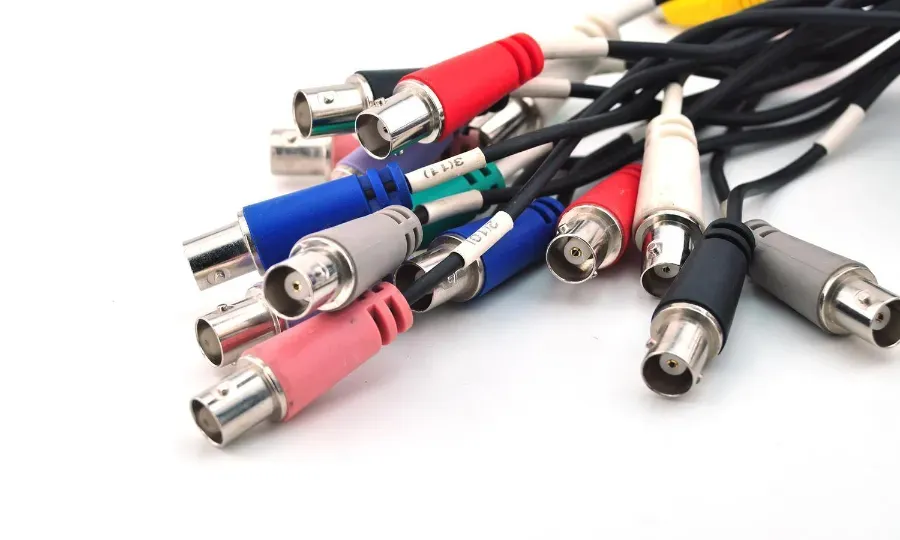How Big Data is Driving the Next Wave of Mass Customization

Today I was in Johannesburg, South Africa, to give a keynote speech at the Retail Africa event. The below is an excerpt of my presentation.
We live in a world with information overload. Every day so much new data is created that customers feel overwhelmed and they don’t know what to do with all that information. In fact, it is estimated that this year we will create almost 8 Zettabytes of data. That is the equivalent of 18 million libraries of congress of data or 2 trillion DVD’s.
So, while many marketers have so much data at their fingertips, they just don’t know how to use it. This is a pity as research has indicated that 73% of customers prefer retailers who use personal information to create a relevant experience. Thanks to all that amount of data, retailers can now better target customer and offer the right product for the right price via the right channel.
The Way Forward is Mixed Data
In the past years Big Data was all about obtaining as much data as possible and the perception was that you require massive datasets to gain insights from those data sources.
Organizations however start to see that the most important aspect of Big Data is not so much the volume of a dataset, but more the insights derived from combining several, smaller, datasets. Organizations that do not have exabytes or petabytes can still obtain very valuable insights with smaller, but more, data sets. Of course, more data does mean more accurate insights but it does not per se mean more insights.
In order to be ready for mass customization with the help of data, it is time to move your data away from the silos. Data tends to be kept in silos throughout the organisation. Data that resides in silos across the organization is useless, as it cannot be combined easily in real-time with other datasets, it is difficult to reach and does not give the organization a helicopter overview of what sort of data is available within the organization.
A so-called data lake will help you to gain more insights from your data.
Combining different data sets is a powerful tool to increase your sales and drive mass customization. Of course, data can be found in many, but there are three areas that are of utmost importance, which I like to call the ‘Data Triangle’. When you combine the data from these three different sources, you create a powerful profile of your customers. They entail your customer data, social data and data related to the mobile devices of your customers.
These three data sources enable you to create an N=1, which will then enables you to create personalized messages and customized products. If you have all the different data sources combined, you are able to mass customize your product, your offering, your marketing campaigns and your services. A great example of the data mass customized marketing is Walmart. Thanks to the social genome, they know exactly who, what and why of their customer.
The Social Genome by Walmart
The Social Genome enables Walmart to reach their customers using a real-time semantic analysis of the different social media streams. This offers them a layer of social metadata containing customers, topics, products, locations and events. They combine these data streams with customer data, sales data, financial data and mobile data to obtain a complete overview of their customers. As a result, the Social Genome is a massive, constantly-changing, knowledge base with hundreds of millions of entities and relationships. Walmart is using it to become a me-tailer instead of a retailer. Focusing on the individual shopper, providing a personalized experience.
Dynamic Pricing Thanks to Smart Algorithms
With so much data at hand and mixing it at such a high pace, Walmart not only uses Big Data to send personalized messages, but also optimizes their revenue with dynamic pricing. Dynamic pricing is done by monitoring pricing at your competitors, in real-time and it means dynamically changing prices to optimize revenue. Walmart changes its prices roughly 50,000 times a month. As a result, in 2013, Walmart’s global online sales grew by 30%, a growth rate that topped Amazon’s for the first time in 5 years.
However, this can also go wrong when to algorithms start competing with each other. when two algorithms start interacting, strange things can happen; such as a book about flies for sale for over $ 23 million.
Enabling Mass Customized Manufacturing
But Big Data is not only use full for target, personalized marketing such as happening at Walmart. Big Data can also drive down manufacturing costs when talking about personalization of products and services. Being able to produce customized products at near mass production prices is the Holy Grail for retailers. In addition, in the future retailers should be able to support a vast set of order and distribution channel for those customized products. Ranging from mobile sales to next hour delivery.
Without Big Data this would not be possible. Apart from the optimizing the manufacturing process, Big Data also enables retailers and manufacturers to predict the combinations that will be sold most. By taking into account a large amount of data sources, such as the data triangle, they can better predict which features will be sold most. With a product that has 4 billion combinations, that is extremely useful.
The Opel ADAM: 4 Billion Combinations
There is no other car in like the Opel Adam. With more than 61,000 variants for the exterior and nearly 82,000 for the interior there are in total 4 billion combinations possible. As a result you will rarely see two the same cars coming out of the factory in Eisenach, Germany.
The Opel Adam was rewarded with a ‘red dot design award’. The website of the Adam is key, as the Internet page will let people design their car from the base upward, from a completed model downward or by starting with a “most popular” format. All the different models that are designed of course give Opel an idea about the most preferred designs and as a result can predict what is required for production. This high level of customization on offer for the ADAM and ADAM ROCKS models has never before been seen in the automotive industry.
Driving Mass Customization with Big Data is Here to Stay
Big Data is revolutionizing retail and it is driving mass customization. Mass customization in relation to personalized marketing, dynamic, personalized pricing and mass customized manufacturing. When you combine sufficient data sources, from internal and external data sources, you are able to achieve a level of customization unlike any other. This customization will drive your revenue, whether you are a retailer like Walmart or a manufacturer like Opel.





